Chronic stress has become an unwelcome companion for millions of people worldwide, silently chipping away at our physical and mental well-being. The compounding effects of chronic stress on the nervous system are profound, affecting everything from cognitive function to emotional resilience. However, emerging therapies such as Floatation REST (Restricted Environmental Stimulation Therapy) combined with Heart-Brain Coherence and Frequency Therapy are offering new avenues for relief and rejuvenation.
Understanding the Compounding Effects of Chronic Stress
Chronic stress is more than just a temporary inconvenience; it’s a pervasive force that can reshape the architecture of the nervous system. The constant activation of the body’s stress response, marked by the release of cortisol and adrenaline, can lead to a state of hyperarousal. Over time, this heightened state can contribute to a range of health issues, including anxiety, depression, and even physical ailments such as cardiovascular disease.
Read More: The Compounding Effect of Stress: A Feedback Loop of Disarray
The nervous system operates on a delicate balance, but chronic stress disrupts this equilibrium. The sympathetic nervous system, responsible for the “fight or flight” response, becomes dominant, while the parasympathetic nervous system, responsible for relaxation and restoration, takes a back seat. This chronic imbalance creates a feedback loop, amplifying stress responses and making it increasingly challenging for the body and mind to return to a state of calm.
Floatation REST: A Sanctuary for the Overstimulated Nervous System
Floatation REST provides a unique and tranquil escape from the sensory overload of daily life. By immersing oneself in a buoyant and soundproof environment, individuals can achieve a state of deep relaxation. The elimination of external stimuli allows the nervous system to downregulate, promoting a shift toward parasympathetic dominance. This respite from constant stimulation is crucial for breaking the compounding cycle of chronic stress.
Heart-Brain Coherence: Syncing the Rhythms for Harmony
Heart-Brain Coherence is a therapeutic approach that focuses on aligning the rhythms of the heart and brain. When these two vital systems synchronize, they create a state of electro-magnetic coherence that positively influences emotional well-being and cognitive function. Practices such as guided breathing exercises and mindfulness can be integrated into the floatation REST experience, enhancing the therapeutic benefits by fostering heart-brain coherence.
Frequency Therapy: Tuning into Wellness
Adding another dimension to the healing potential of floatation REST is Frequency Therapy. This involves exposing the body to specific frequencies of sound or vibration known to induce relaxation and balance within the nervous system. By leveraging the power of resonance, frequency therapy complements the floatation experience, promoting a deeper sense of calm and restoration.
The compounding effects of chronic stress on the nervous system are undeniable, but the combination of Floatation REST, Heart-Brain Coherence, and Frequency Therapy offers a promising pathway to healing. By providing a sanctuary for the overstimulated nervous system and promoting harmony between the heart and brain, these integrative therapies empower individuals to break free from the relentless grip of chronic stress. As we navigate the storm of modern life, embracing these holistic approaches may be the key to reclaiming peace, resilience, and overall well-being.

